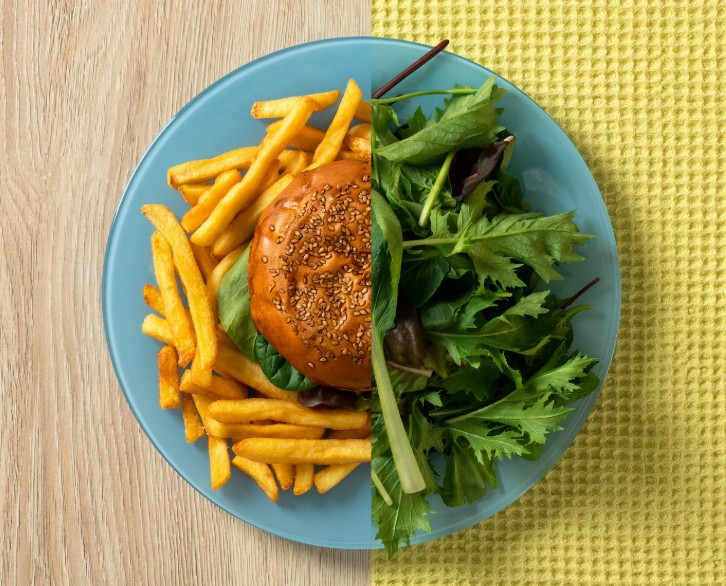
Approximately 50% of American adults tried to lose weight between 2013 and 2016, according to the CDC. The majority of them changed their diet, with about 50% adding more fruits and vegetables to their meal plans and 63% cutting their calories. Evidence suggests that losing weight and keeping it off long-term requires a combination of healthy eating habits, regular exercise, and behavior change that supports a healthy lifestyle overall.
The American Journal of Clinical Nutrition found that following a low-fat, low-calorie diet improved one’s chances of losing weight. Eating breakfast on a regular basis, watching your weight, and maintaining the same eating pattern throughout the week (rather than ignoring your diet on the weekends) are other predictors of success.
“The best diet for your weight loss journey will be one that you can safely maintain without suffering any deficiencies,” says Dr. Joseph Naim, a bariatric surgeon at Soma Weight Loss.
In the infographic below, we compare different diets for weight loss. Compare the Standard American Diet to other popular diets, including the ketogenic diet, paleo diet, pescatarian diet and vegan diet. Get an overview of what they are, what their health and weight loss benefits are, and touch on the disadvantages of restrictive diets. Use this as a guide to determine how your diet factors into your weight loss plan, and to see what (if any) changes you need to make to ensure long-term success.




